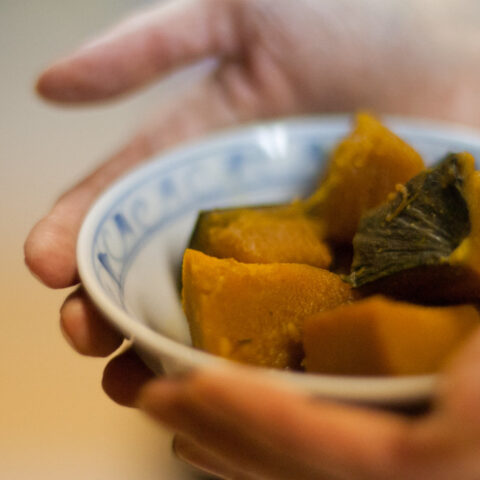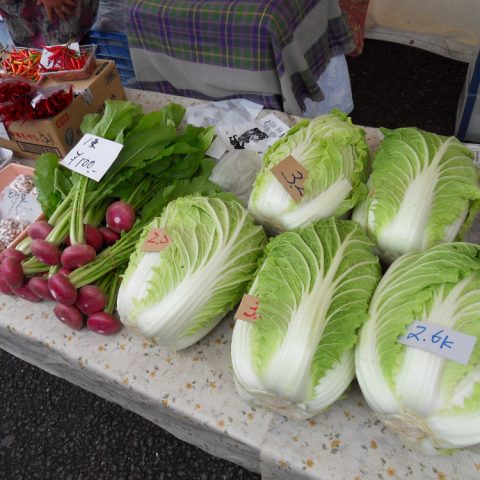
With the winter season in full swing, many people are looking for ways to stay warm. In Japan, one delicious way to heat up is to savor a hot bowl of red bean soup with mochi or shiratama dango (sticky dumplings). Although the dish can be called zenzai or oshiruko, the name depends on the red beans themselves. When they are left in the bowl to create a chunky texture during each bite, it is called zenzai. When there are no physical beans left in the bowl, it is called oshiruko. Lastly, when there is no soup atop the beans, it is called kintoki and is often a traditional and popular topping for shaved ice.
Even though this traditional dessert is available year-round, zenzai is most popular in the cold winter months. In fact, many Japanese families will cook it after celebrating Kigami Biraki in January. Decorated mochi, also known as Kagami Mochi, will be removed from the household altar and broken into pieces by hand or by a small wooden hammer. Once it has been broken, it is common to eat the mochi to renew your spirit and health for the new year. This is where zenzai comes into the picture. It’s not often that people eat small pieces of rice cake by themselves. Instead, they take the little bits and put them into the delicious bowl of boiled red beans.
Zenzai is eaten all over the continent of Japan; however, its birthplace lies in a religious center of Shintoism in Izumo. Located in the Shimane Prefecture, just North of Mount Sanbe, Izumo is known for being the home of the oldest Shinto temple in Japan. In the 10th month of the Lunar Calendar, typically during November and December using the Gregorian Calendar, Izumo celebrates Kamiarisai. This translates to ‘the month of the gods’. It is said that all of the Shinto gods (kami) will gather on the beach and stay in Izumo for a week to discuss the fate of the following year. Because of this ritual, the rest of the country calls the 10th Lunar Month Kannazuki, which translates to ‘the month without kami’.

While all of the gods are located in Izumo, people from all parts of Japan will come to visit the city. Zenzai was born from this celebration. As visitors would wait for their turn to enter the shrine, they would be served a warm bowl of zenzai. This tradition continues in a similar way today as many places near the Izumo Grand Shrine sell the dessert. Although it is born from tradition, the name has changed over time. It originally began as jinzai mochi, which means mochi of the gods. However, with the pronunciation of the Izumo dialect it sounded like they said zunzai mochi. When visitors came, they often mistook the word for zenzai. And that’s the name that spread alongside the dish to the rest of Japan!
Getting its start as food fit for celebration, making its way to a post-holiday snack, and now warming up the bellies of the cold, zenzai and oshiruko are tasty and unique Japanese desserts that can be found just about anywhere during the winter season. Make sure to try it on your future visits to Japan!
Featured photo from Ancient Japan Izumo




